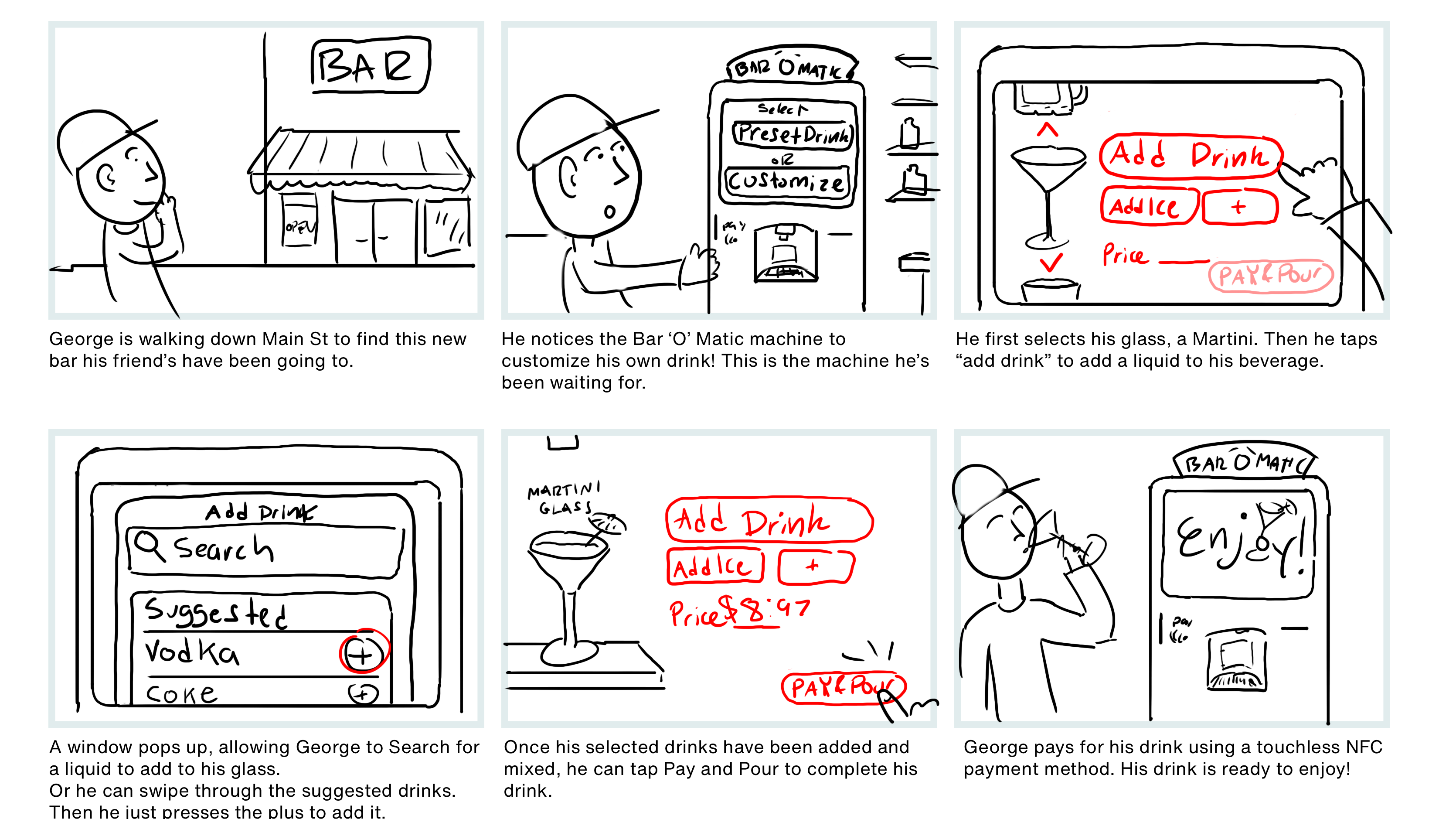Team:
Gabe Silverstein, Zoe Marin, Cole Grodnitzky
Brief:
For this midterm group project, we were tasked to compare and contrast the strengths and weakness of a particular microinteraction, and how it occurs on both iOS and Android.
We redesigned "Taking and Reviewing voice calls" and illustrated how answering an iPhone while locked might be redesigned.
Description:
The image directly below shows the strengths and weaknesses of the current iOS call screen, while locked, and when one accepts and accepts the call. We identified the strongest weakness was when an iPhone was locked, and they receive a call, the answering mechanism changes from a reject and accept button, to a slide to answer switch. This is currently done to prevent accidental answers or rejects when one receives a call while the phone is in a pocket or purse.
The downfall of this is that for some, it can be difficult to understand how one would reject a call while the phone is locked (e.g. one receives a call in a theater, their phone was locked and they don't know how to reject the call). In order to currently reject a call while the iPhone is locked one would either have to wait for the call to complete, press the lock button on the device twice to reject. Alternatively, one can swipe the switcher to silence the phone, however, that still does not reject the call.
We redesigned the system to a double "slide to accept" or "slide to reject" feature. This way, it retains the slide mechanism to prevent accidental accepts or rejects, but it also makes it more intuitive to reject a call.









